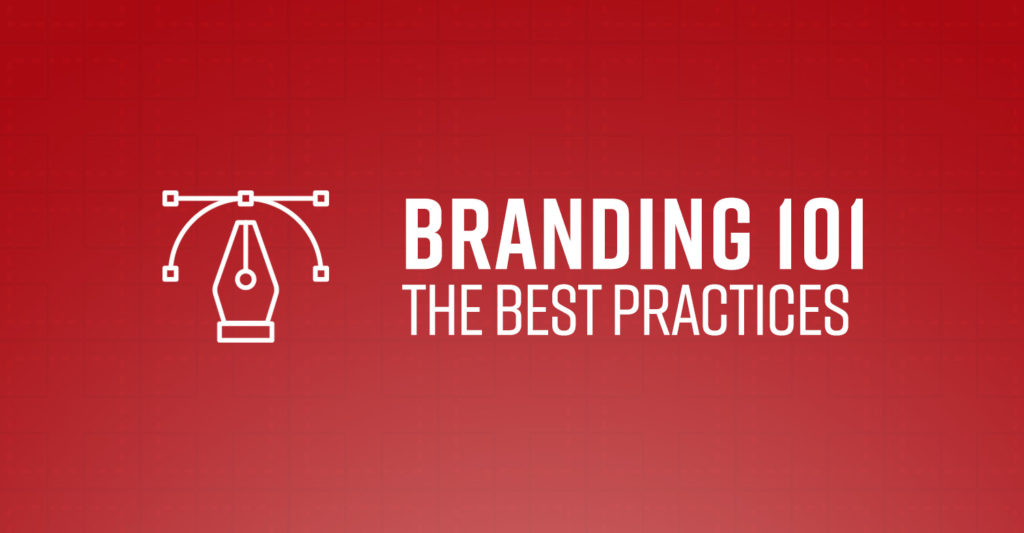Helping many companies rebrand has allowed us to spot patterns. There are several strategies towards corporate and small business rebranding that can be very prosperous. And yet there are also some that result in expensive failures in the long run.

If you’ve chosen to undertake a rebranding initiative, we commend that decision. Your next step would be to educate yourself with the “dos” and “don’ts” of corporate branding. This will save you money, time, and frustration by helping ensure the success of your project—the first time.
Rebranding: What to Do
Do: Conduct Brand Research
Research is beneficial to every corporate brand. Comprehensive research provides you with important data about the ways your customers perceive your brand. It aids in determining who your target market is so you can customize messages for a specific audience. This can be as simple as taking a detailed look at your competitors’ messaging, or it can include consumer surveys, test campaigns, and other detailed research.
Do: Show What’s Unique About Your Brand
The purpose of branding is to differentiate your business from your competitors. What genuinely makes you stand out from the rest? Establish what the special value propositions are that only your brand can provide, and why consumers choose you. Valuable, purposeful differentiation will follow suit.
Do: Establish A Brand Compass
One of the most helpful branding tools out there is a brand compass. Defining every component of the brand compass is the most vital aspect of the entire corporate rebranding process and is usually included in your brand standards manual. By knowing about and properly conveying the vision, purpose, values, and strategic goals of your business, you will be more likely to position it for success.
Do: Produce a Memorable Tagline
A clever tagline can make you memorable to an audience. Smart, poignant, pithy, impactful taglines with minimal words can speak volumes. In addition to articulating a one-of-a-kind value proposition, your tagline should be memorable, and it should communicate (or at least reflect) your company’s core values.

Do: Establish a Genuine Brand Personality
The personality of your brand is what allures and retains loyal customers. People relate to brands they identify with. Being knowledgeable about the characteristics and behaviors of your brand allows you to create a genuine and relatable personality that your intended audience will be naturally attracted to.
Delivering a message that fits with your values and corporate identity is one way to better appeal to your key consumer base without alienating newcomers.
Rebranding: What Not to Do
Don’t: Neglect Internal Brand Research
You might not know your staff members as well as you think. Internal brand research presents you with a thorough look at how your staff engages with customers, as well as with one another. Because employees are the representation of your brand, you need to know if your staff is coherent with its values and culture.
Don’t: Forget to Develop Brand Metrics
Brand metrics are an ideal way to calculate your rebrand’s return on investment. Performance, perception and financial metrics are important to monitor. They offer unique data about the performance of your brand, letting you make course adjustments for upcoming performances.
Don’t: Promise Things You Can’t Deliver
Your brand promise involves a commitment you made to a customer. There are several aspects that make up a good brand promise, such as sincerity, believability, and uniqueness. However, the most important one is that you always uphold your end of the deal. Brand loyalty and promises kept go hand-in-hand. If you disappoint customers and sour your reputation, the rest of the work you put into your rebrand will be moot.
Don’t: Bypass Brand Architecture
Every merger and acquisition has its own challenges with branding. Successful brands have a cohesive, unified narrative that meticulously engineers the architecture of the brand. Unsuccessful brands must endure the dissatisfaction of frustrated stakeholders and confused customers. If you’re not in the process of a merger and acquisition, it pays to be mindful of what a corporate rebrand involves for your brand architecture.
Don’t: Unveil Your New Brand Haphazardly
All that time, work, and effort you put into rebranding your business will pay off. When the time comes to roll it out, the work isn’t over. For a rebrand to be a success, you need to account for advance preparation, methodical unveiling, and scheduled events. A proper unveiling can only be done when the brand is optimized
Considering all this, you may not want to shoulder the rebranding process on your own, nor should you, that’s why an agency partner is always something to consider to help move the process along.
Rebranding is only worthwhile as long as it’s done properly.
We strongly encourage you to do the necessary research to choose the most suitable St. Louis marketing and creative design firm for the project. Because corporate rebranding is a collaborative process, be mindful of what to do (and not do) to ensure your rebrand is on point.
This post is part of our Branding 101 series, helping you understand the power of branding and the rebranding process.

